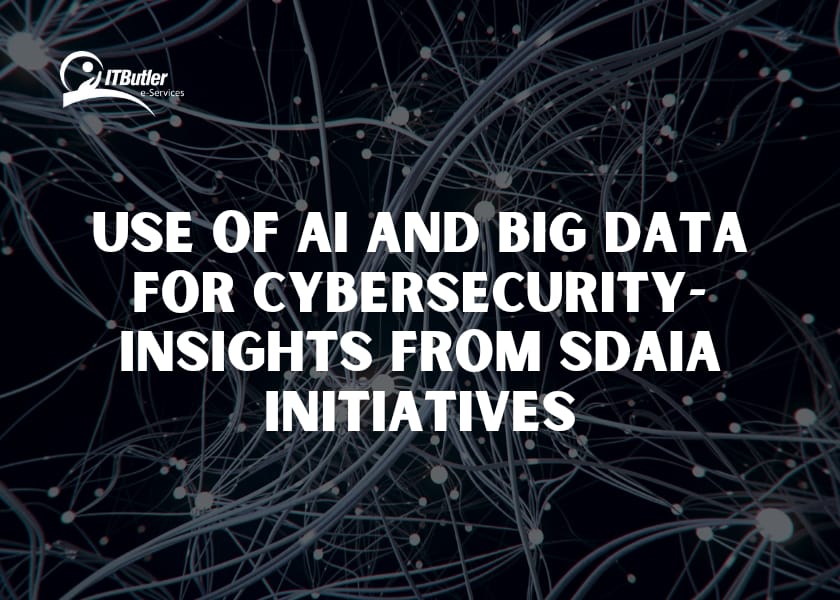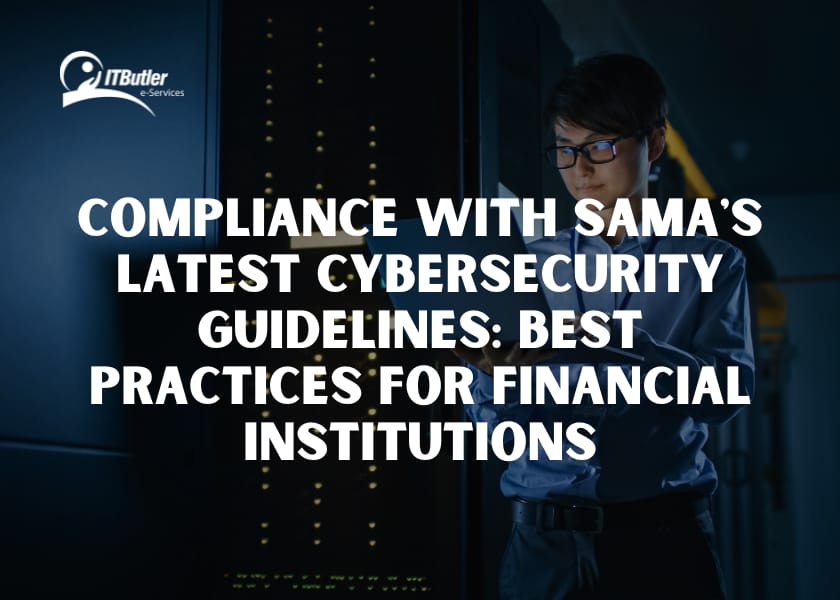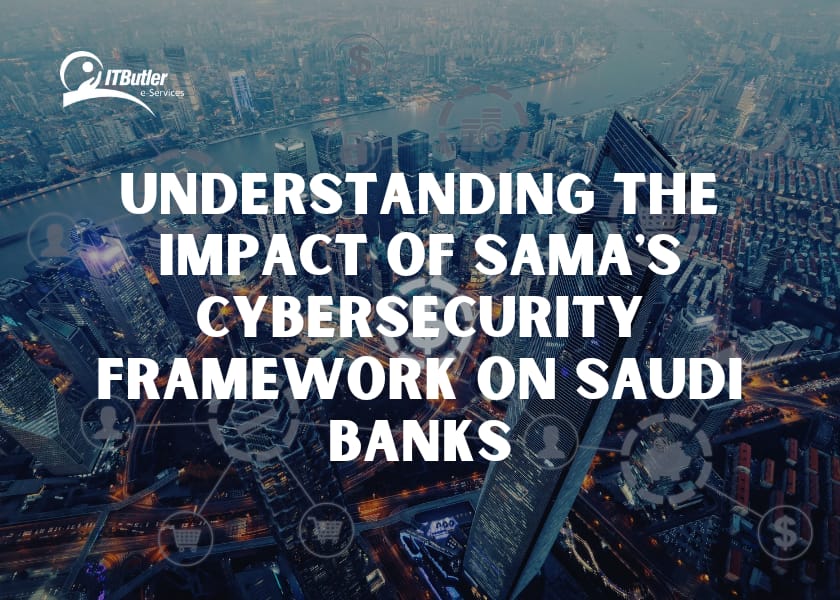In today’s interconnected digital world, where information flows seamlessly across the vast expanse of the internet, individuals and organizations face a growing menace: phishing. This deceptive cyberattack has evolved over the years, adapting to changing technologies and becoming more sophisticated in its execution. In this blog post by IT Butler, we will delve into the intricacies of phishing, exploring the various types that have emerged as cybercriminals seek to exploit the vulnerabilities in our interconnected lives.
Understanding Phishing
Phishing is a cyber-attack technique that involves tricking individuals into divulging sensitive information, such as passwords, credit card numbers, or personal details. The attackers often masquerade as trustworthy entities, using deceptive emails, messages, or websites to lure victims into providing the desired information.
1. Email Phishing: Email phishing is the most common and traditional form of phishing. Attackers send emails that appear to be from legitimate sources, such as banks, government agencies, or reputable companies. These emails often contain urgent messages, enticing users to click on malicious links or download attachments that, once opened, can compromise the security of the user’s device.
2. Spear Phishing: Spear phishing takes a more targeted approach, focusing on specific individuals or organizations. Cybercriminals conduct thorough research on their targets, gathering information from social media, public records, or company websites. The phishing messages are customized to appear highly relevant and convincing, increasing the likelihood of success.
3. Vishing (Voice Phishing) involves using voice communication to deceive individuals. Attackers may use phone calls or voice messages to impersonate trusted entities like banks or government agencies. The goal is to trick individuals into revealing sensitive information or performing actions that could compromise their security.
4. Smishing (SMS Phishing): Smishing, or SMS phishing, leverages text messages to deceive users. Cybercriminals send fake messages that appear to be from legitimate sources, often containing links or phone numbers. Clicking on these links may lead to malicious websites or malware downloads onto the user’s device.
5. Pharming: Pharming involves the manipulation of the Domain Name System (DNS) to redirect users to fraudulent websites. Attackers compromise DNS servers or use malware to modify the host file on a victim’s device, redirecting them to fake websites that closely resemble legitimate ones. Users may unknowingly enter sensitive information on these fake sites, believing they are interacting with a trusted entity.
6. Clone Phishing: In clone phishing, attackers create a replica or clone of a legitimate email the victim previously received. The cloned email, however, contains malicious links or attachments. The goal is to trick the recipient into thinking it is a legitimate follow-up, increasing the likelihood of them falling for the scam.
7. Whaling: Whaling, or CEO fraud, targets high-profile individuals within organizations, such as executives or senior management. Cybercriminals craft sophisticated emails to deceive these individuals, often seeking access to sensitive company information or financial transactions.
As cyber threats continue to evolve, the importance of robust cybersecurity measures cannot be overstated. In IT, Butler can manage security service providers (MSSPs) and play a crucial role in helping individuals and organizations stay one step ahead of cybercriminals. These providers offer managed cybersecurity services, including threat monitoring, incident response, and proactive measures to safeguard against many cyber threats, including phishing.
By partnering with an MSSP, individuals and organizations can benefit from expert knowledge and cutting-edge technology designed to detect and mitigate cyber threats. Managed cybersecurity services provide a holistic approach to security, addressing vulnerabilities, educating users, and implementing measures to prevent and respond to phishing attacks.
In conclusion, In IT Butler, phishing remains a pervasive threat in the digital landscape, constantly evolving to exploit new avenues of attack. Understanding the various types of phishing is critical to fortifying our defences against these deceptive tactics. As we navigate the digital realm, partnerships with managed security service providers become increasingly vital, ensuring that individuals and organizations have the tools and expertise to combat the ever-changing landscape of cyber threats. Stay informed, stay vigilant, and let managed cybersecurity services be your ally in the ongoing battle against phishing and other cyber risks.






